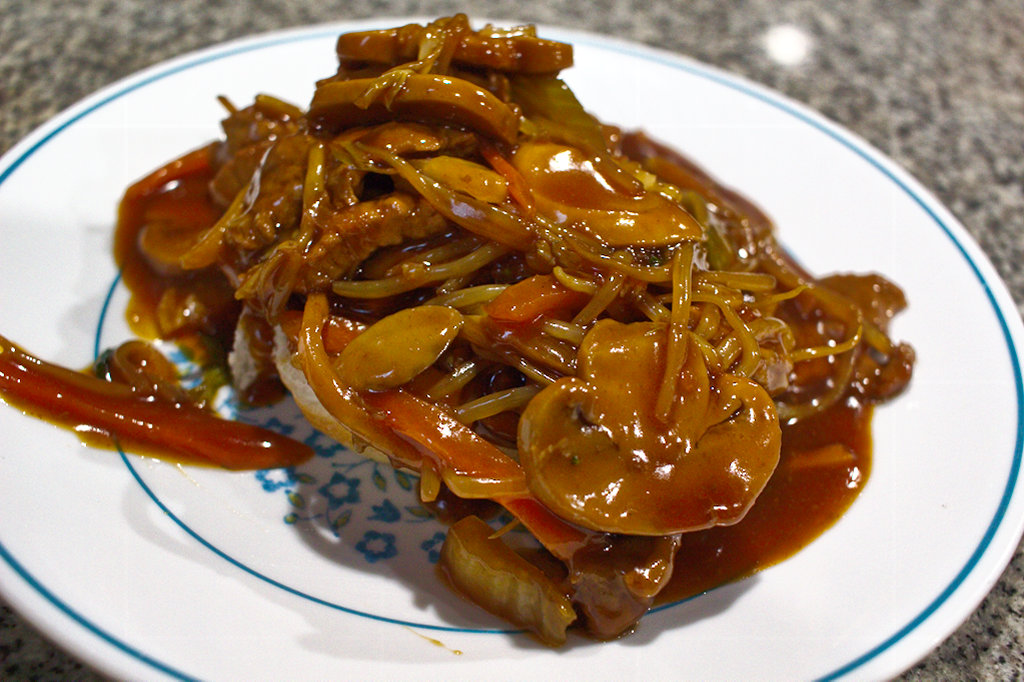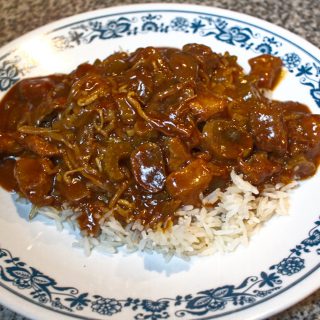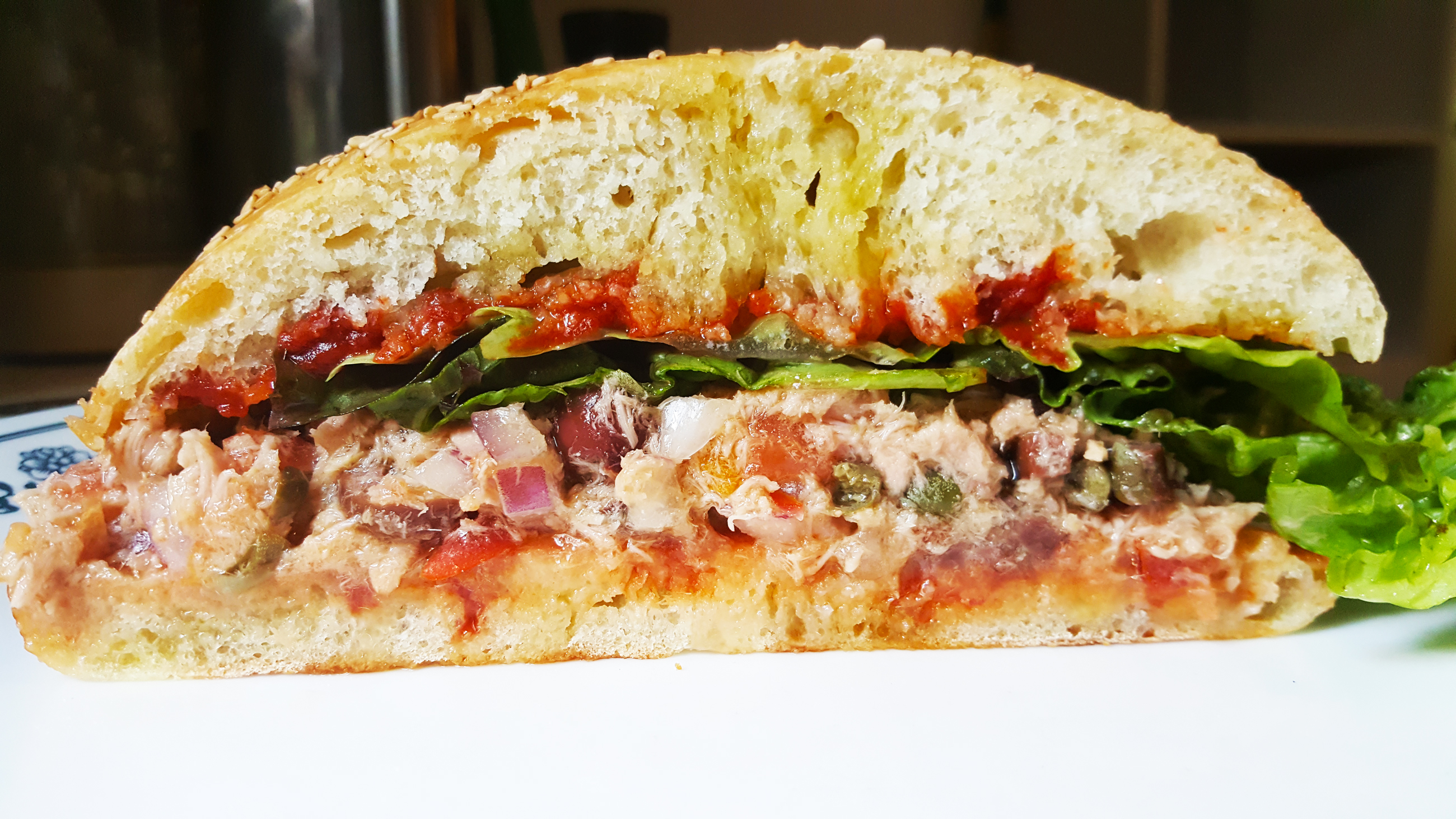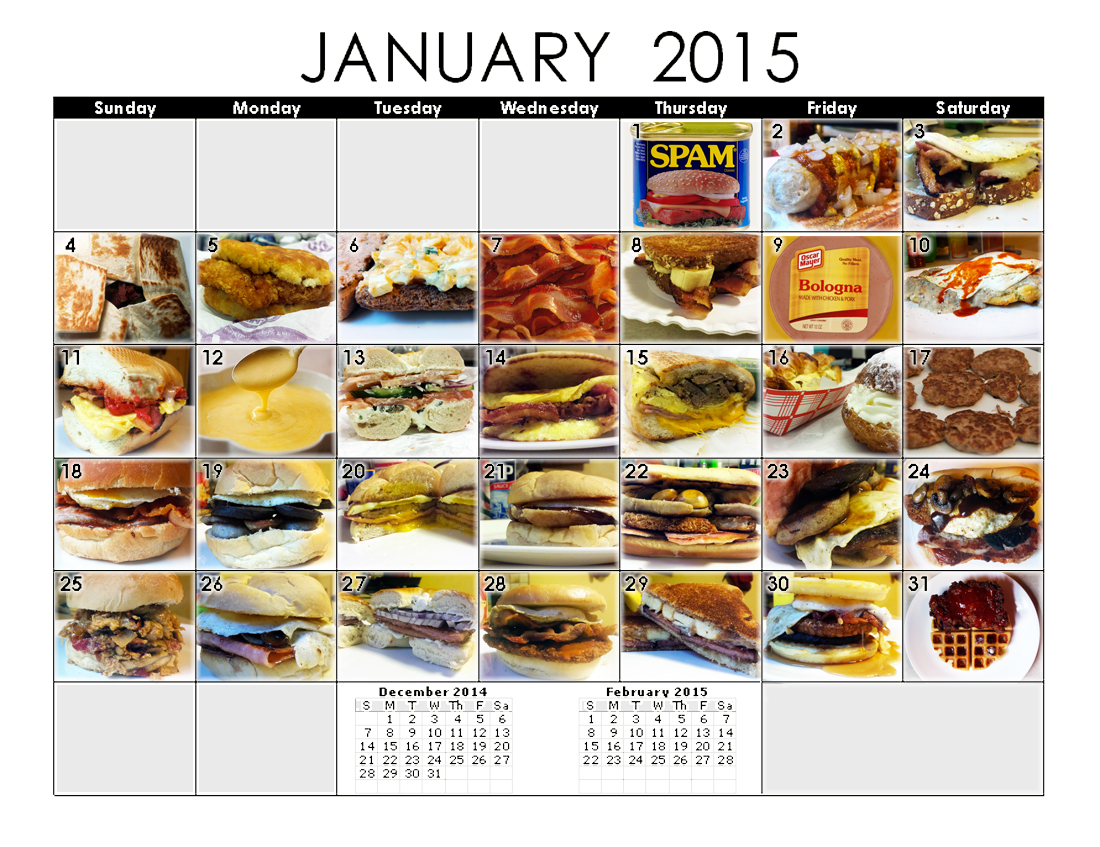Salem’s Chop (Suey Sandwich)
What is Chop Suey?
That’s a big question. Let’s come back to that one. (and back to it again, etc.)
What is a Chop Suey Sandwich?

According to the anonymous author of the website chopsueysandwich.com, it is as simple as this: “Chicken chop suey on a hamburger bun.” On their twitter account @chopsueysammy, they flesh that out while also somehow being even terser: “Chicken. Sprouts. Corn Starch. Bun.” It’s only available at a handful of Chinese eateries in Salem, Massachusetts, chief among then being a venerable carryout-only stand at the nearly defunct resort area Salem Willows called Salem Lowe.
I initially came across the chop suey sandwich while researching a similar sandwich from the opposite side of Massachusetts, Fall River’s Chow Mein sandwich. I get the impression that the two get confused quite a bit, and in fact, I myself made that mistake when a New York-based NBC News reporter posted his enthusiasm for his annual family tradition of eating a Chop Suey sandwich on the Fourth of July.
So what is Chop Suey?
So what is chop suey? Is it truly a Chinese dish, or an invention of Chinese-American restaurants? The second act of the documentary film The Search for General Tso traces how the Chinese who’d immigrated to America spread east after the Chinese Exclusion Act of 1882, which severely limited not only further Chinese immigration but even the types of work they could do, essentially giving birth to the ubiquitous Chinese laundries and Chop Suey restaurants across the United States. There are a number of stories, mostly apocryphal, about the name “chop suey,” what it means, and how the dish originated. But in essence it seems to have been a compromise dish, an application of Chinese techniques to mostly-familiar items and flavors.
Based on Ben Collins’ photo, the chop suey of Salem appears to be a mass of bean sprouts and possibly a chunk or two of chicken, suspended in a viscous, mostly transparent gravy of some kind. By the time the Chinese diaspora had made it here to Salem, Massachusetts, all the way across the country from their starting point of San Francisco, perhaps their chop suey had left behind the water chestnuts, bamboo shoots, or bell peppers it might have featured in parts of the Western US. By the time the Chinese restaurateurs of Salem had developed this particular version of chop suey, the kind served with a hamburger bun in a styrofoam clamshell at the chop suey stand in Salem, the gravy might have changed color from its travels through the central states.
Now I grew up eating chop suey as well and it doesn’t look spectacularly different than what Ben Collins tweeted. When my mom heard I’d be tackling this sandwich this month, she spontaneously cooked up a batch for me.

Mom’s version uses a mixture of pork and beef chunks, and embellishes with sliced mushrooms, stir-fried with the same onions, celery, and mass of bean sprouts that appear to form the base of the Salem dish, along with a corn starch-thickened gravy.
Yes, mom’s gravy is much darker. It is seasoned not only with soy sauce (which may or may not be a part of the gravy in Salem), but also with Bead Molasses. What is Bead Molasses? My searches online tell me it is a “delicately sweet coloring syrup for Chinese recipes.” However, I have only found one brand referenced in every link: Dynasty brand sold in the US. Not only that, but every recipe I’ve seen call for this ingredient is a chop suey recipe, presented by a beaming middle-aged white woman who calls it “Mom’s Chop Suey.”
Mom’s Chop Suey
Ingredients
- 1 lb Beef roast cubed
- 1 lb Pork cubed
- 4 stalks Celery sliced
- 2 Onions sliced
- 1 can Mushrooms
- 1 can Bean sprouts
- 2 tbsp Soy sauce
- 1 tsp Bead molasses
- 1 tbsp Corn starch
Instructions
- Gently pan-fry the meats without adding much color
- Add onions and celery, stir-fry for a few more minutes.
- Add water and soy sauce. Let cook until meats and vegetables are tender.
- Add mushrooms.
- Mix bead molasses with corn starch. Mix in a small amount of pan juices, then mix back into the pan to thicken the gravy.
- Add bean sprouts and heat through.
- Serve over rice. Or, heck, a hamburger bun I guess. Why not?
Notes
Today, I am that beaming middle-aged white woman. My mom’s chop suey uses Bead Molasses and it is delicious. Delicious. It was an express trip to my childhood, something I hadn’t tasted for decades but recognized instantly. I immediately tried it on a sandwich

I started with a plain old hamburger bun, something I found abandoned in the recesses of Mom’s breadbox. Mom herself is on a gluten-free diet, and no longer regularly has daycare kids in the house, so I was lucky to find this only mildly stale bun, which was revived with a few seconds in the microwave.

Mom says she doesn’t recall her chop suey being this saucy when she’s made it previously, and believes that it may be a result of modifying the recipe to be gluten-free. It doesn’t seem to be out of bounds though for either the versions of chop suey I’ve seen at American-Chinese restaurants, or for the version in the tweet above, apart from the gravy’s color.

I tore through this in mere moments, with the help of a fork, of course, since eating this out of hand appeared doomed to failure. The bottom bun got a little gummy from the sauce it absorbed, but not terribly so, maybe because it started out a little stiff and stale.
I brought that batch of chop suey home with me and ate it for a few more days until I ran out. I needed more. Where to go, though? Chop suey isn’t a dish I’ve benchmarked. How would I know where to get the best, absolute top shelf chop suey to compete with my mom’s recipe? A quick search in Google Maps gave me the answer.

Number One Chop Suey in Oak Forest is not our local go-to carryout for Chinese-American dishes–En Lai in Midlothian captured our loyalty shortly after we moved to this area and is a regular stop for us–but we’ve tried it before and found the service quick and friendly and the food hot and fresh. There are a number of Chop Suey options on the menu–sticking as close as possible to Mom’s ideal version, I chose the beef and mushroom.

As with Mom’s chop suey, the #1 Chop Suey version was heavy on sprouts and celery. They added carrots as well, though, and had fewer but larger-cut slabs of onion. Most distinctly, I did not taste the bead molasses in the gravy. It was still a good dish though.

There’s just something off about it though. Something about the flavor, something about the presentation. It doesn’t work as a sandwich. For one, this hamburger bun turned completely mushy and gummy under the viscous starchy sauce.

There’s too much of the sauce, not enough of the sprouts, and it’s not contained as neatly as it would be in Salem, where the sandwich is served either in a paper cone–this seems to be the preferred way–or in a styrofoam clamshell container.
I have neither at home. I have bowls though.

I also have a griddle for toasting the hamburger bun. I haven’t found a consensus about this step for the Salem sandwich, but I thought it would help keep the cheap grocery store hamburger bun from absorbing too much sauce too quickly.

Additionally, since I was heating the chop suey up as leftovers, the sauce seemed to have thickened up, or been partially absorbed by the meat and vegetables it contained. The dish was less sloppy. Still, it would require a fork, even with both buns intact.

This sandwich fared better. The bun was less soggy, though also more resistant to cutting through with a fork. The additional texture and flavor of the buttered toasted bun tipped the scales in its favor. And the bowl was a superior delivery system than even the clamshell container seen above, sturdier and less apt to collapse under the weight of a mountain of sprouts.
So was this it? Had we accomplished what we set out to do? Sadly, no. I don’t think this is right either. The chop suey in question is not proper, Salem-style chop suey.
Well, what is chop suey already?
If you look at the world of chop suey–and I literally mean the world, as the dish is served all over–there are many distinct styles. The Phillipines have their own take on chop suey, its name often shortened to a single word–chopsuey. It uses a wider variety of vegetables than the American-Chinese version, lightly glazed with a gravy of fish sauce and oyster sauce. In Samoa, Sapasui is a thick pungent mixture of minced beef and glass noodles. Some Chinese takeouts in India offer a dish called American Chop Suey, which seems to consist of vegetables stir-fried in sweet and sour sauce and served over crisp chow mein noodles.
Even in America, we see our regional or even house-to-house variations on the dish, the simple but molasses-darkened version of my mother’s, the simple and nearly translucent version on offer at Salem Willows. In Maine and parts north, chop suey is made with ground beef, tomatoes, and elbow macaroni! So I felt it was important to get the chop suey right. As much as I wanted to try cooking mom’s version myself (I’d even picked up a jar of bead molasses for the purpose), I located a regional chop suey recipe on the blog of a restaurant in nearby Essex that looked proper, its main components (besides the meat) being onions, celery, and a lot of (canned) sprouts.

Onions 
Celery 
La Choy Bean Sprouts
The recipe calls for precooked leftover meat. Instead I used boneless skinless chicken thighs, cooking (but not browning) them in a pan

before adding the onions, celery, and cooking liquid. The recipe calls for water. I must admit I used chicken stock instead.

There is not much to the recipe after that. Soy sauce is mixed with corn starch and sugar to make a thickener for the gravy, which is added once the vegetables have softened a bit. The sprouts are added just long enough to bring them up to temperature before serving. The only additional seasoning comes from plain old fashioned salt and pepper.


According to the New England Historical Society, one of the main differences between the Salem-style chop suey sandwich and the Fall River-style chow mein sandwich is that chow mein noodles are required on the latter, while only an optional addition to the former. To confirm, I reached out to the @chopsueysammy account on Twitter, who refused to call them “chow mein” noodles, but essentially agreed that they were an acceptable addition to the sandwich.
I did not, however, confirm whether it was acceptable to toast the hamburger bun. If that is wrong, I don’t want to be right.

Atop that toasted bun and those crispy (though I must admit inferior to the noodles I’d ordered from the factory in Fall River when making the chow mein sandwich) noodles, I ladled a good helping of the gooey, only lightly-colored, nearly translucent gravy.

And finally, placed the top half of the bun, completing the sandwich.

Angels did not sing me sweetly to my rest. However, I can see how for someone who grew up with these sandwiches, they’d taste like home, the way my mom’s chop suey does for me. The gravy was mildly salty (though I understand the real deal to be quite a bit more aggressively salted than that), the flavors of celery and sprouts dominated with a sweeter undertone of cooked onion and the welcome presence of the small cubes of chicken thigh. The bun neither added to nor detracted from the experience, but thinking about it, I can imagine eating the sprouts and chicken and vegetables from the middle of one’s paper cone and being left with deliciously gravy-soaked bread, similar to the gravy bread served by some of Chicago’s Italian Beef stands. With the right bread, it could be an interesting finish to an otherwise typical Chinese-American dish.
Again we ask, what is chop suey?
Is chop suey, in some form, authentic Chinese food? In the documentary The Search for General Tso referenced earlier, the filmmakers conclude that authenticity itself is a bad benchmark, a moving target with a source cuisine that itself is constantly evolving. It doesn’t matter, then, whether chop suey is authentically Chinese or not. The brilliance of Chinese-American food was in how the Chinese who settled across America after the Chinese Exclusion Act of 1882 adapted themselves to the tastes of their neighbors and created the vast network of Chinese restaurants that exist today. I think that’s a useful way to think about it.
However, in his book Chop Suey USA, Chinese food historian Yong Chen argues differently. In his view, Chop Suey comes straight from the heart of Chinese cuisine, and the adaptability of the technique is in fact a defining feature of it.
…chop suey has never been one specific dish with a strictly set recipe; it is, rather, a method of cooking… What Americans may call chop suey constituted a mainstay of my mother’s cooking during my childhood in the small city of Enshi in southwestern Hubei province; the main theme was the meat, a scarce commodity, which had to be chopped or sliced and supplemented with vegetables. A most obvious difference is the American chop suey tends to have more liquid than my mother’s chao dishes.
When it comes to Chinese food, nothing can be more Chinese than stir-fry, or chao—the way to make chop sueys… As a cooking method, chop suey is indisputably Chinese in origin. Because of its long history and wide use in China, chop suey was actually more representative of the food of the Chinese than the “treasures” in China’s haute cuisine.
Yong Chen, Chop Suey USA (New York: Columbia University Press, 2014)
In the book, he provides a recipe of his mother’s for chop suey, along with various other recipes for Chinese and Chinese-American dishes. The chop suey recipe does not closely resemble either my mother’s recipe or the Massachusetts recipes I’ve tried. There are additional vegetables such as cabbage and scallion. The meat is velveted before being stir-fried, a technique that involves marinating it with corn starch to give it a softer texture. The essentials are there, though–the meat, the vegetables, the stir-frying–and I can see the final result being not too far off what we’ve had this month.
So chop suey is a dish consisting of a variety of meats and vegetables quickly stir-fried in a sauce of some kind. That is not very specific but the delicious is in the details. More precisely, Salem-style chop suey consists of celery, sprouts, and chicken in a light-colored, salty gravy. Finally, a chop suey sandwich consists of a hamburger bun, wrapped in wax paper or served in a clamshell container, stuffed with this gravy. If you’re from Salem, they serve it up with extra nostalgia for you. But you can make a tasty meal of it even if you aren’t.

I like sandwiches.
I like a lot of other things too but sandwiches are pretty great















Recent Comments